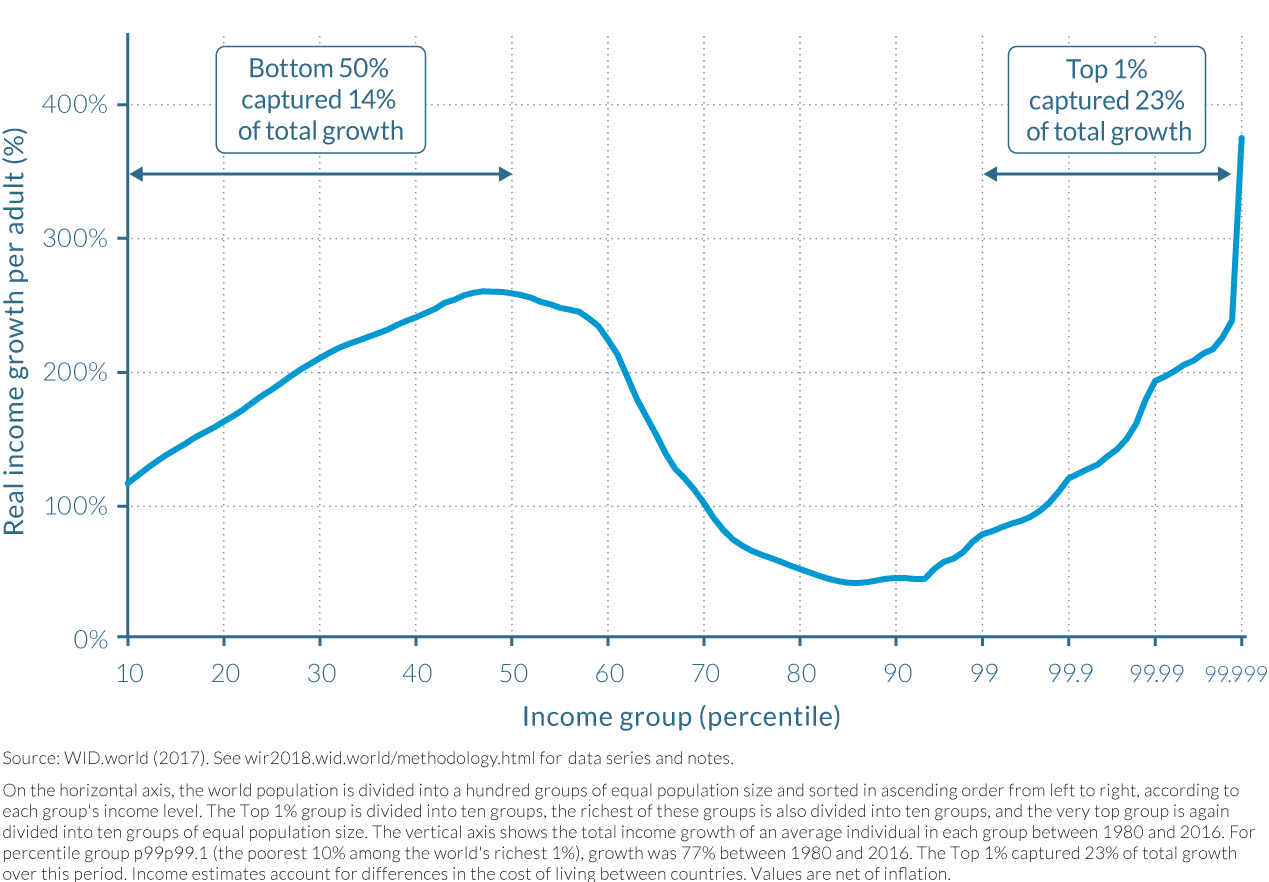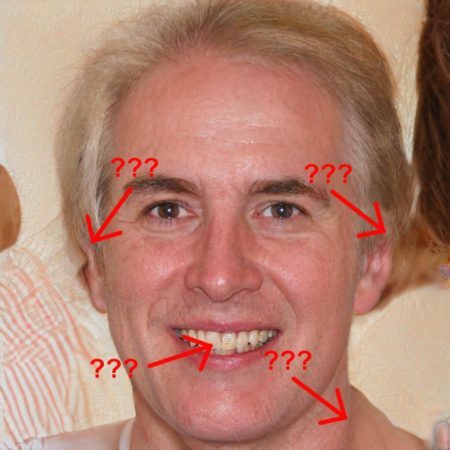July 21, 2019 – Professors Carl Bergstrom and Jevin West, at the University of Washington in Seattle, have been teaching a course to undergraduate students to help them recognize lies and misinformation. The BS moniker certainly grabs attention but it also points out how fragile the truth is today in the age of the Internet, and the triumph of AI algorithms.
They have created a website, Which Face is Real, as a means to illustrate our current dilemma, separating fact from fiction. You are given two faces pictured side-by-side and asked to pick the one that is real. You can continue testing your skill in discerning the real from the fake or drill down into learning more about the ideas represented in the course.
The Calling Bullshit site states, “The world is awash in bullshit. Politicians are unconstrained by facts. Science is conducted by press release. Higher education rewards bullshit over analytic thought.” The course aims to teach students to spot what’s fake, and what are lies including that which comes “clad in the trappings of scholarly discourse.” But even of greater concern is the disinformation that comes from algorithms designed to parse big data and produce computational bullshit.
It is much easier to discern the fakery in advertising than the bullshit in an editorial from a national newspaper, or an “expert” spouting “facts” in a YouTube segment or TED Talk. The same is true about discerning the truth in scientific journal publications, of which I read many. Data is fudged. Clinical trials are skewed to favour an end result desired by the researcher rather than reporting the truth. Biopharmaceutical companies are notorious for delivering this type of bullshit.
Bergstrom and West have compiled a set of tools and tricks to help discern fact from fiction. These include:
- Visualization: Spotting misleading graphs. It is easy to represent a dataset graphically to influence the story in a misleading way. You see it all the time in business reporting in which graphs are depicted with start and endpoints that dramatically misrepresent facts. The professors point out that the y-axis in so many graphs never starts at zero when it should, and sometimes starts at zero when it shouldn’t. This is true of bar charts, and line graphs. It is equally true when medical studies indicate higher incidents of cancer in populations based on exposure to a drug, a product, or environmental pollution. When the occurrence of cancer in a 100-population model goes from 2 to 3 incidents and is reported as a 50% increase in likelihood it is significantly misleading. And then there is the misuse of logarithmic graphs which are challenging enough to interpret at the best of times but when placed in technical documents can become “hopelessly misleading.”

- How do you know a paper is legit? When we read that a research paper has been published in a peer-reviewed journal, it creates an air of legitimacy to the information being presented. But often scientific papers are wrong. The whole idea behind scientific research is you develop a hypothesis, design an experiment to prove or disprove it, run the experiment, collect the data, examine the results, and draw conclusions. Add “peer review” to a published paper and you create the impression that experts have examined the content and declared it kosher, or not. But peer reviewers do not recreate the experiment of a researcher. Instead, they tend to try and catch any errors or omissions. They seldom catch “well-concealed acts of scientific misconduct.” So as a reader you need to understand much more than what is claimed by the researcher. You need to look at the journal in which the research is published. There are online sites that rank journals based on the quality of what is published. Another approach is to look at who the peer reviewers are and their process for accepting the paper as legitimate. There are even online sites that will tell you if a paper has issued a retraction because you may be reading “bullshit” that has been disproven by peers and by those who have attempted to recreate the experiments of the initial research.
- Which face is real? In returning to where we started in this posting, Bergstrom and West note that recent developments in AI are allowing for the creation of “people” who don’t exist. A process called generative adversarial networks or GAN is one of a number of AI tools capable of creating images almost indistinguishable from real ones. GAN techniques impact the entire image from pose to lighting, to background. In my own efforts to try and distinguish the real versus the fake facial images, I scored 4 right in 10 tries. If you try the site it will be interesting to see how you score. Take the course and the professors state they will teach you how to tell the difference.

The “Calling Bullshit” course is one I would like to take because even in the research I do to create the content here I have found myself questioning the authenticity of research papers I read and describe. Occasionally readers have pointed out misinformation derived from these sources. I appreciate this level of scrutiny.














